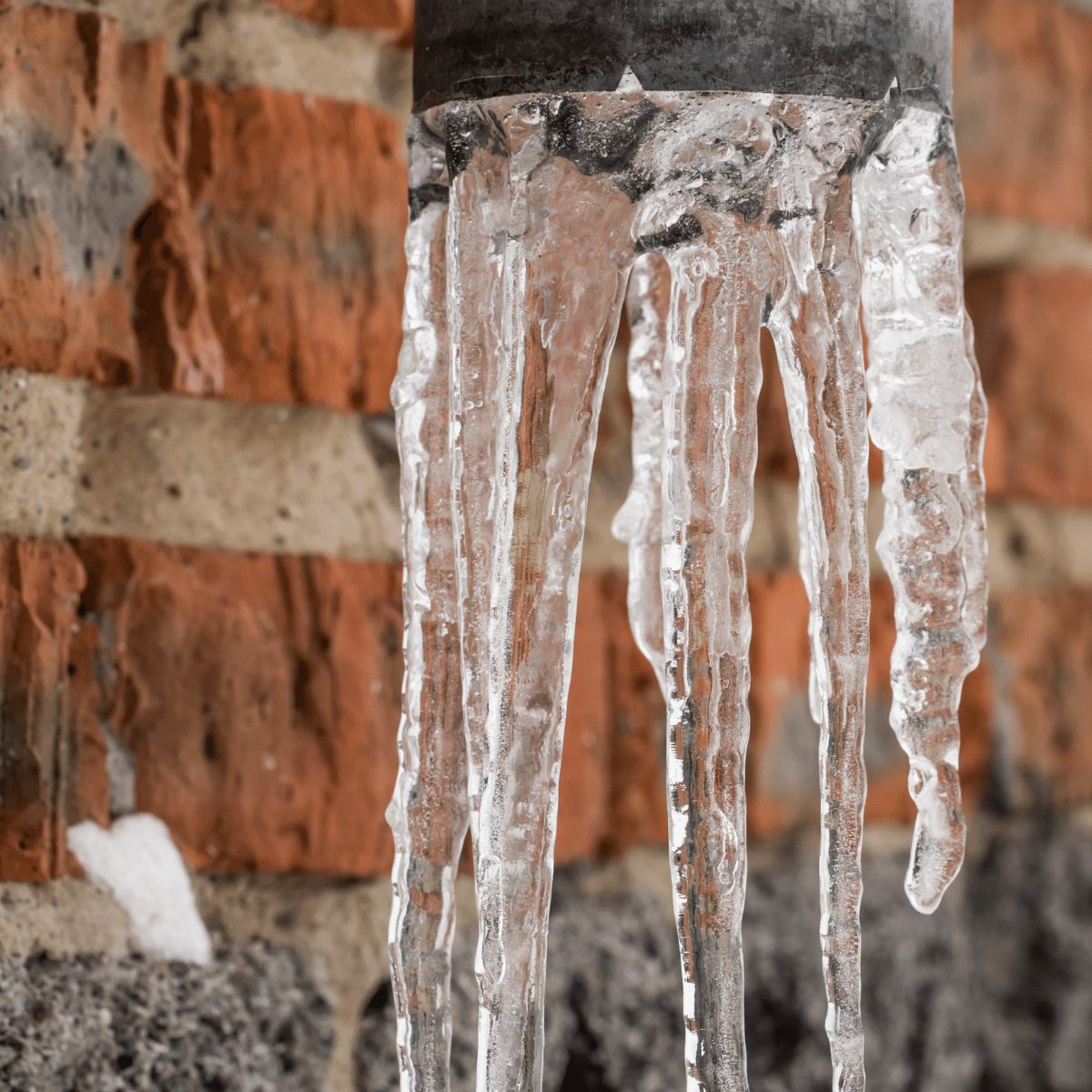How to Safeguard Pipes from Freezing: Professional Tips
How to Safeguard Pipes from Freezing: Professional Tips
Blog Article
We have uncovered this post relating to How to Prevent Your Pipes From Freezing directly below on the internet and reckoned it made perfect sense to write about it with you here.

Cold weather can wreak havoc on your pipes, particularly by freezing pipelines. Below's exactly how to prevent it from taking place and what to do if it does.
Introduction
As temperature levels drop, the threat of frozen pipelines rises, potentially resulting in pricey repairs and water damages. Recognizing exactly how to stop icy pipes is vital for homeowners in chilly environments.
Understanding Icy Pipelines
What causes pipelines to ice up?
Pipes freeze when subjected to temperature levels listed below 32 ° F (0 ° C) for prolonged durations. As water inside the pipelines freezes, it increases, taxing the pipeline wall surfaces and potentially causing them to break.
Threats and problems
Icy pipelines can bring about water supply interruptions, home damage, and pricey repair services. Ruptured pipes can flooding homes and create extensive architectural damage.
Indicators of Frozen Pipeline
Recognizing icy pipes early can prevent them from bursting.
How to recognize icy pipelines
Try to find lowered water circulation from faucets, unusual odors or noises from pipelines, and visible frost on revealed pipelines.
Avoidance Tips
Shielding at risk pipes
Cover pipes in insulation sleeves or make use of heat tape to safeguard them from freezing temperatures. Concentrate on pipes in unheated or external areas of the home.
Home heating techniques
Keep indoor rooms adequately heated, particularly locations with pipes. Open closet doors to enable warm air to flow around pipelines under sinks.
Protecting Exterior Pipes
Garden hose pipes and outside faucets
Separate and drain pipes yard hose pipes prior to wintertime. Install frost-proof spigots or cover outdoor taps with shielded caps.
What to Do If Your Pipes Freeze
Immediate activities to take
If you believe icy pipelines, maintain taps open to ease pressure as the ice melts. Utilize a hairdryer or towels taken in hot water to thaw pipelines slowly.
Long-Term Solutions
Architectural adjustments
Think about rerouting pipes far from exterior wall surfaces or unheated areas. Add extra insulation to attic rooms, basements, and crawl spaces.
Upgrading insulation
Buy high-grade insulation for pipelines, attics, and wall surfaces. Appropriate insulation helps maintain regular temperatures and reduces the danger of icy pipes.
Verdict
Protecting against icy pipelines requires proactive measures and fast feedbacks. By comprehending the causes, indications, and preventive measures, property owners can protect their pipes during winter.
5 Ways to Prevent Frozen Pipes
Drain Outdoor Faucets and Disconnect Hoses
First, close the shut-off valve that controls the flow of water in the pipe to your outdoor faucet. Then, head outside to disconnect and drain your hose and open the outdoor faucet to allow the water to completely drain out of the line. Turn off the faucet when done. Finally, head back to the shut-off valve and drain the remaining water inside the pipe into a bucket or container. Additionally, if you have a home irrigation system, you should consider hiring an expert to clear the system of water each year.
Insulate Pipes
One of the best and most cost-effective methods for preventing frozen water pipes is to wrap your pipes with insulation. This is especially important for areas in your home that aren’t exposed to heat, such as an attic. We suggest using foam sleeves, which can typically be found at your local hardware store.
Keep Heat Running at 65
Your pipes are located inside your walls, and the temperature there is much colder than the rest of the house. To prevent your pipes from freezing, The Insurance Information Institute suggests that you keep your home heated to at least 65 degrees, even when traveling. You may want to invest in smart devices that can keep an eye on the temperature in your home while you’re away.
Leave Water Dripping
Moving water — even a small trickle — can prevent ice from forming inside your pipes. When freezing temps are imminent, start a drip of water from all faucets that serve exposed pipes. Leaving a few faucets running will also help relieve pressure inside the pipes and help prevent a rupture if the water inside freezes.
Open Cupboard Doors
Warm your kitchen and bathroom pipes by opening cupboards and vanities. You should also leave your interior doors ajar to help warm air circulate evenly throughout your home.

Hopefully you liked our topic about How To Avoid Freezing Pipes. Thank you so much for finding the time to read through our blog post. Be sure to pause to share this article if you liked it. We treasure reading our article about 6 Ways to Prevent Frozen Pipes.
Additional Information Report this page